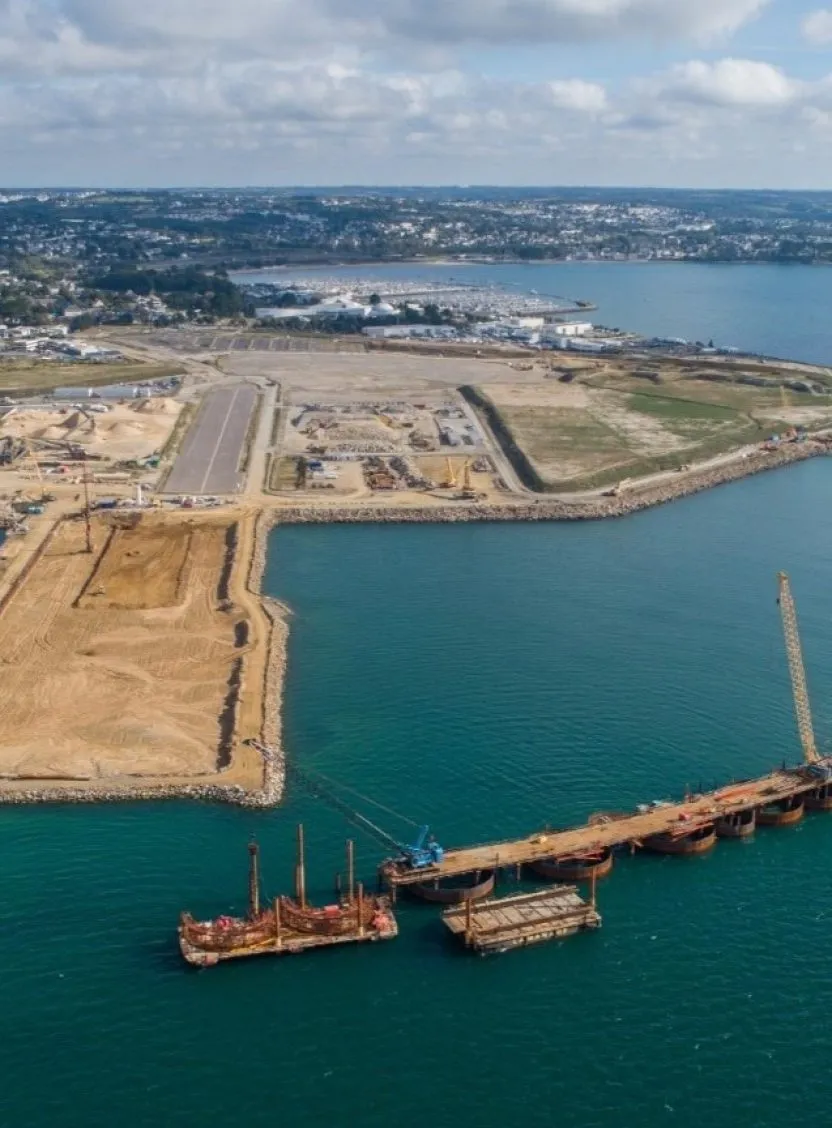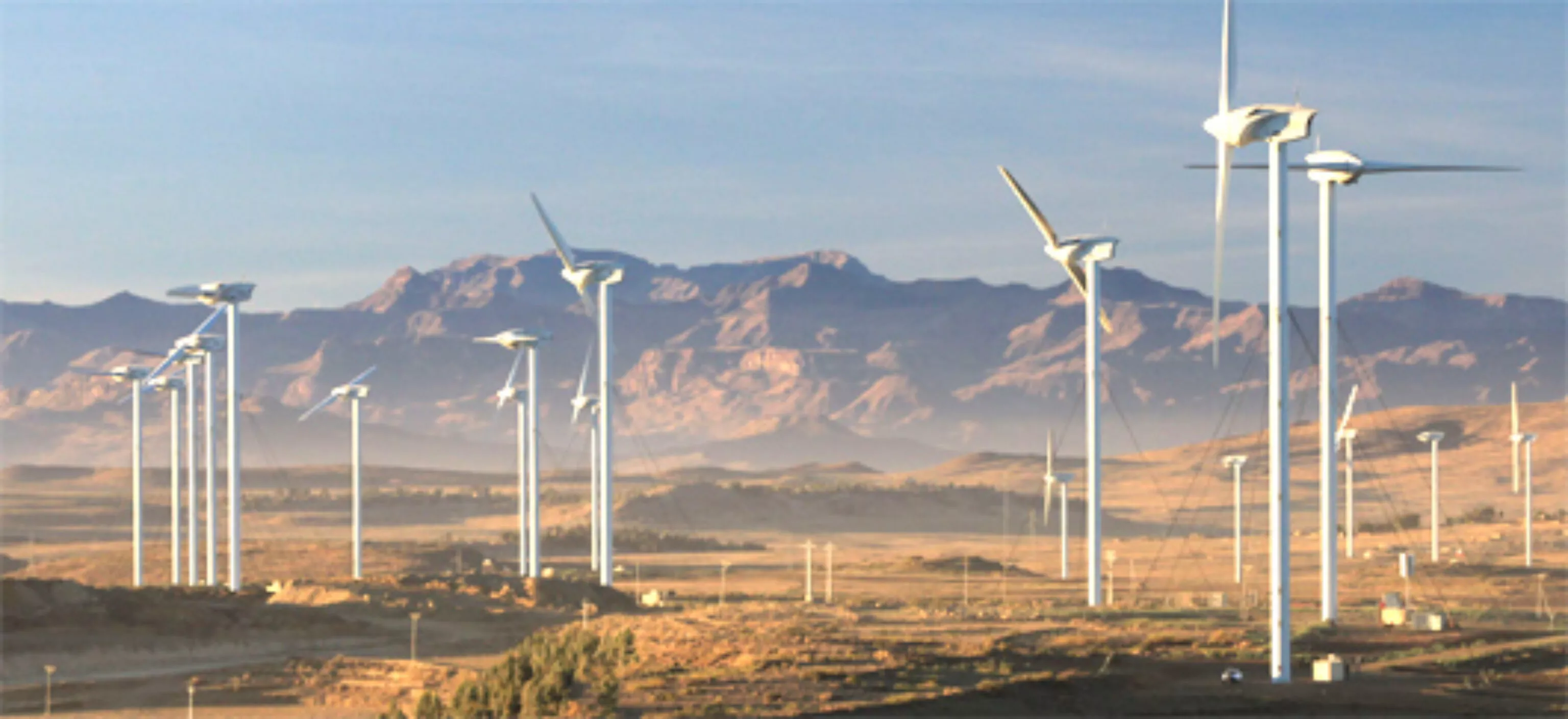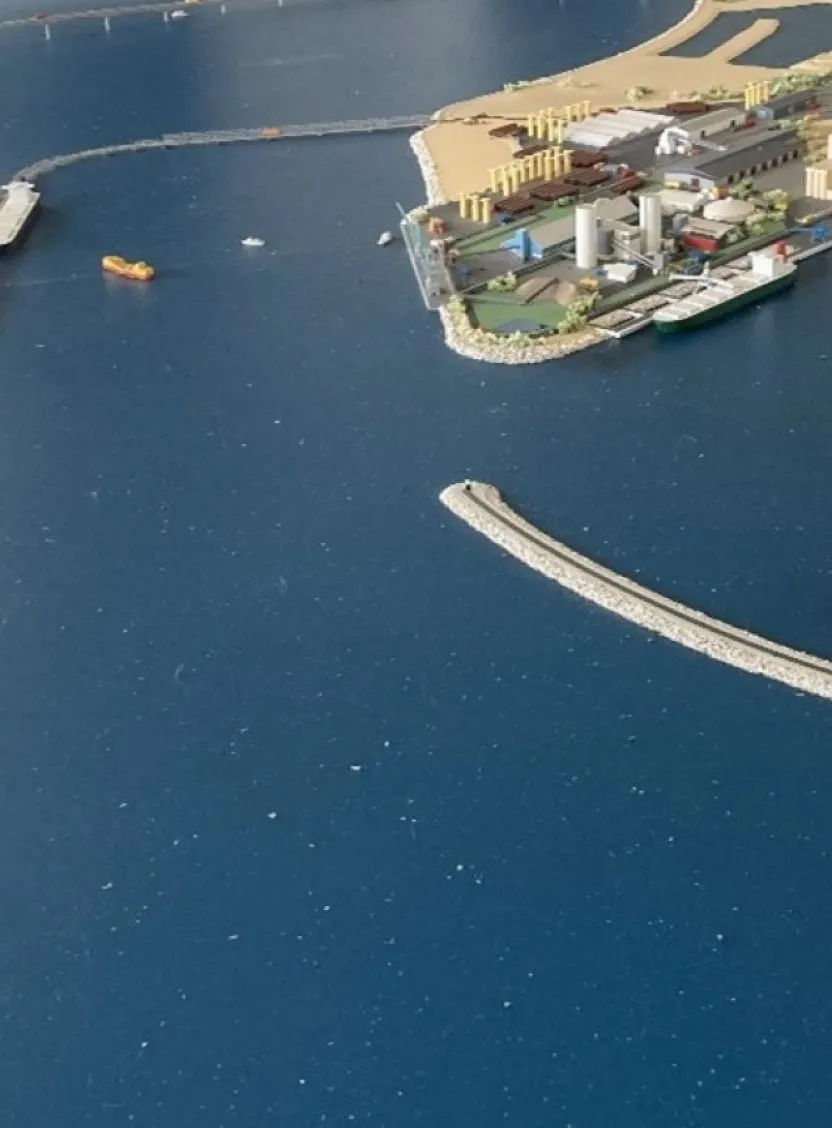
As part of an engineering, procurement and construction (EPC) contract, BERGNET was in charge of the Ashegoda Wind Farm project in Ethiopia. With 120 MW of power, it is Sub-Saharan Africa’s largest wind farm at the date of the project launch (October 2009). In addition to providing and installing the wind turbines, this project involved creating access points for the machines (around 35 km in total), electricity cables (33 kv overhead and underground) and the 33kV/ 230kV power sub-station that injects the energy generated into the national transport network.
setec carried out geotechnical studies for VERGNET on the turbine foundations, including scaling the anchoring micropiles for the machine cables, as well as monitoring implementation.


